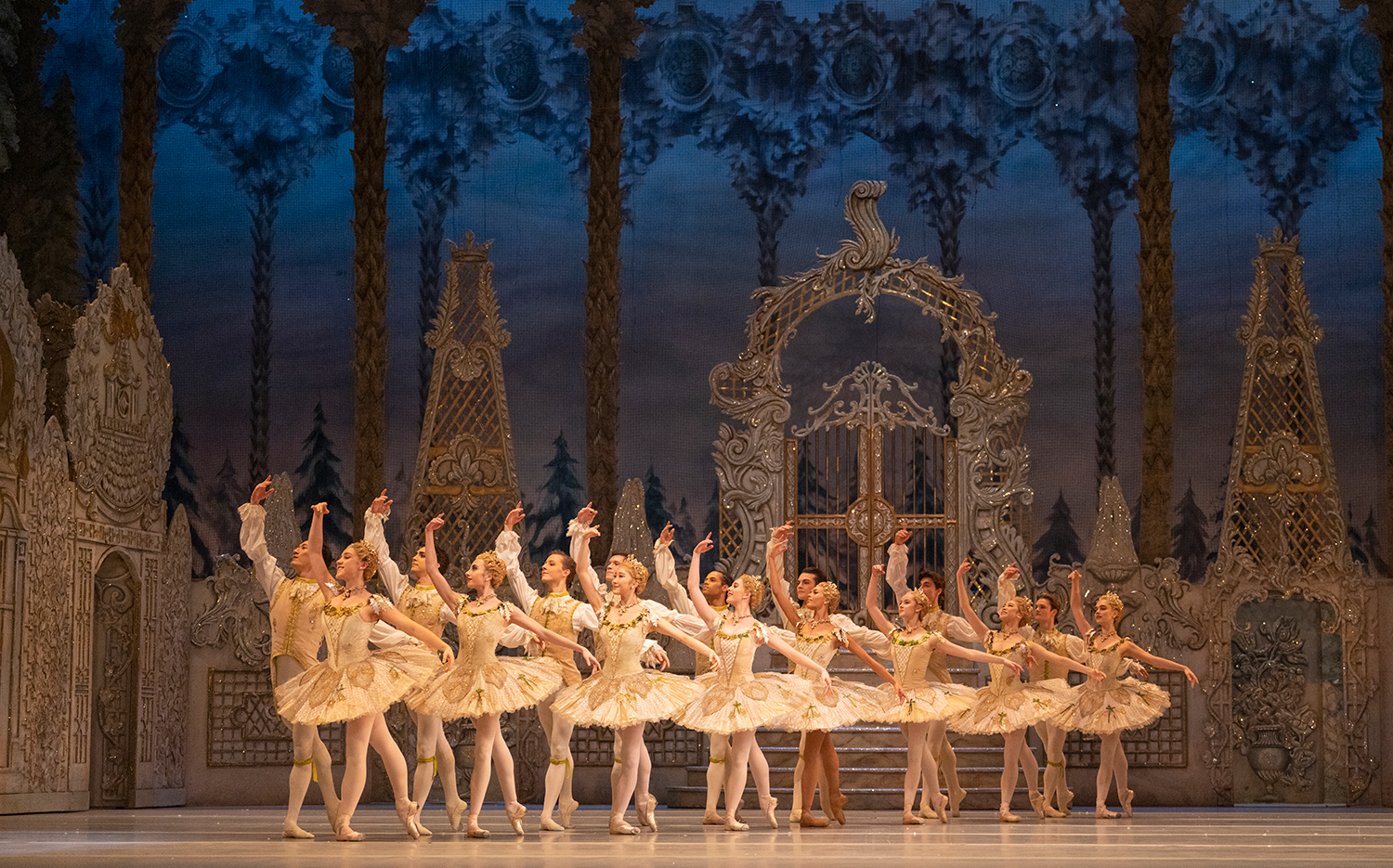The Nutcracker is one of those Christmas traditions that turns out to be not very traditional at all. First performed in St Petersburg in 1892, it didn’t catch on outside Russia until the late 1950s, when Balanchine’s version for New York City Ballet was repeatedly screened on network television in the USA and Festival Ballet’s production became a hardy perennial at the Royal Festival Hall. The Royal Ballet embraced it only in 1968; since then, it has become globally ubiquitous and an infallible money-spinner.

The enormous affection that The Nutcracker inspires is underpinned by a magnificent score that shows Tchaikovsky at his most freshly inventive (it’s bizarre that he composed it joylessly, under duress). Yet the dramatic scenario it illustrates is insolubly problematic. In the latter half of the first act lies a mysteriously powerful episode in which the cosy, domestic world of the opening scene becomes a sinister wonderland where Clara turns into an Alice figure, battling hostile forces as well as the confusing expansions of adolescence. Yet nothing in the second act develops this at all, leaving Clara as the spectator at a meaningless entertainment. It’s never clear whether the toymaker Drosselmeyer is controlling the magic, or is only an accessory to it.
And should a child be cast as Clara – thereby limiting the choreographic possibilities – or a diminutive adult ballerina required to act cute?
Nobody has addressed these conundrums more cogently than Peter Wright, who celebrated his 97th birthday by appearing at a matinée of his Birmingham Royal Ballet production. Although more than 30 years old, it remains a wonderful spectacle, brilliantly designed by John Macfarlane and offering awesome stagecraft in the way it transforms a damask-walled John Singer Sargent salon into a fantasy playground where giant rats slug it out with Napoleonic soldiers.









Comments
Join the debate for just £1 a month
Be part of the conversation with other Spectator readers by getting your first three months for £3.
UNLOCK ACCESS Just £1 a monthAlready a subscriber? Log in